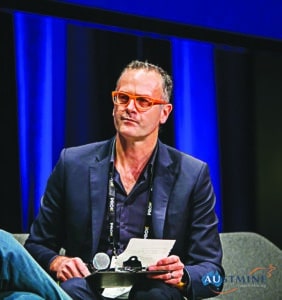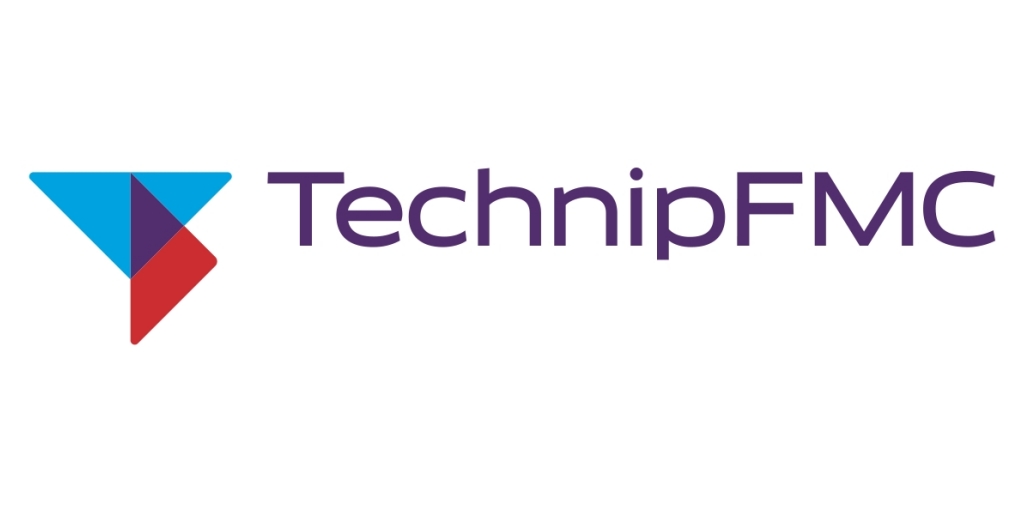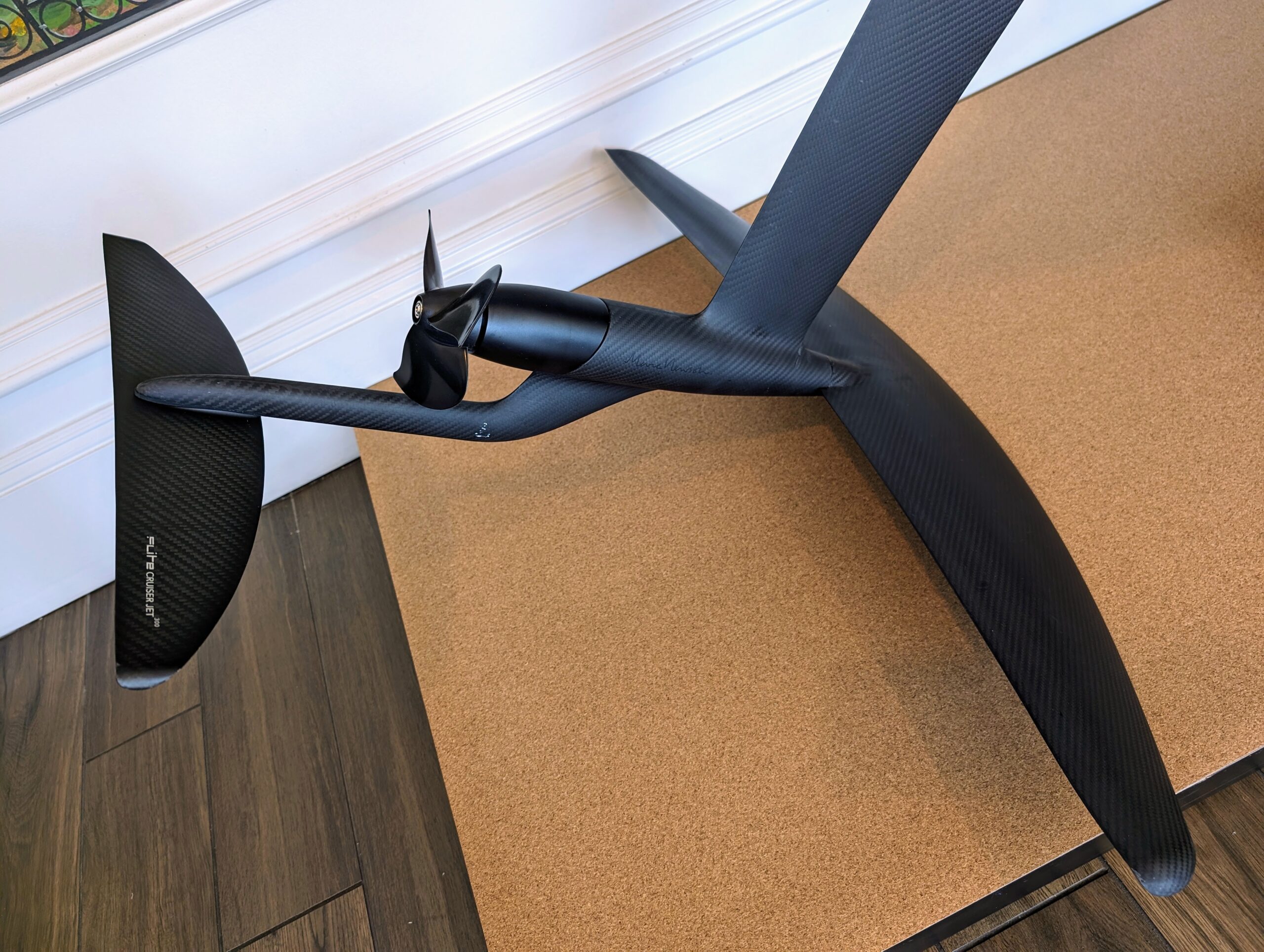Orange Business has grown from its telco roots to become a multi-level technology and service provider for the Australian mining sector.
With news of business-related hacks and cyber-attacks so prevalent in recent Australian headlines, it can be concerning to think about the same fate happening to mining networks.
Technology that keeps hackers at bay is often only found in the corporate world, but Orange Business is working to expand these systems into the mining sector to help ensure that all businesses can run their operations with peace of mind.
“The run state of mines is under threat, because it can be hacked,” Orange Business managing director for Australia and New Zealand Andrew Borthwick told Australian Mining.
“Technology and electronics have evolved at such a rate that someone can hack into the system and create real explosions.
“I don’t mean to be dramatic, but that sort of thing has to be secured in some way, shape or form.
“The technology and services we provide actually secure that environment for that particular customer of that particular mining organisation.”
Orange Business has been serving mining organisations in Australia for decades and is committed to continuing to provide digital services that secure its customers’ organisation.
A mine’s supervisory control and data acquisition systems (SCADA) are at particular risk of being hacked, as the systems gather and analyse data that controls equipment and deals with critical and time-sensitive materials or events.
“Your SCADA networks can be hacked in exactly the same way corporate IT systems can be hacked,” Borthwick said.
“So what we’re doing is, we’re starting to provide those services to ensure we secure all environments; for example, a malware device to protect the OT (operational technology) environment.”
Beyond security, Orange Business is also helping mine sites to upgrade their tailings dams.
Used to store the waste or by-products of mining operations, these facilities are sometimes not well constructed, leading to dam failures and potentially catastrophic results.
“If the dam wall bursts, we know the consequences,” Borthwick said. “They’re horrendous, horrific – not only from an ecological perspective, but from a livelihood perspective.
“We’re working with some of the big mining companies to upgrade the sensors that go on the dams that pick-up shifts in weather patterns or whether the dam wall is moving.
“The sensors also pick up any potential breaches, any potential movement of the sediment inside of the water itself, and they can then push the sediment way from the dam wall.
“Often, tailings dams are constructed as a layer of mud upon mud that sets, and then they are filled with water which can, over time, push against the dam wall.
“Now, tailings dam management is not just done for the life of the mine, it’s for the life of the entire program of work, including rehabilitating the site.”
Australia currently has over 3000 dams, weirs, catchments and tailings dams in operation in mines across the country. Orange Business wants to work with operators to ensure there is a broad solution in use across all sites.
“If you have this technology in place, you’re looking after the dam and managing it, and it’s not just the sensors that do this,” Borthwick said. “It’s the data visualisation and the understanding of when and how failures occur.
“We can even go as far as to monitor the weather patterns and use that to determine future weather patterns to ensure companies are managing their environment well.”

Offering these solutions is relatively new territory for Orange Business, but it has approached the challenge head-on.
“We were originally a traditional telco – we provided pure connectivity, globally, to hard-to-reach places,” Borthwick said. “That was our catchphrase: global presence with local leadership, local partnership.
“What we’re doing now is actually flipping the conversation and saying it’s not about the technology – we’re more interested in you and your business requirements.”
And as technology gets smarter, many businesses are turning to artificial intelligence (AI) and machine learning to make their sites run more smoothly.
“We can help our customers make better use of their data and keep an eye on cost,” Borthwick said.
“If a truck on a site has continuously broken down, for example, we can help companies get down to the granular level of why this keeps happening through our technology.
“We can help manage the cloud environment for customers and consult them about AI capabilities in a secure environment.
“We help them get hold of the data so they can make informed decisions at a broad level.
“A lot of organisations are constantly having to innovate, and this comes in all shapes and sizes.
“In our space, we need to innovate to meet different business requirements as technology advances. We do that through new technology or services that deliver outcomes for our customers.
“But what does that deliver for the business? It delivers more budget that they can go and focus in on other areas. For example, they may choose to look into predictive AI, so they can start to predict maintenance for haul truck fleets or the likelihood of potholes for particular routes.”
The Orange network covers more than 220 countries and territories. With its teams present in 65 countries, the company is ready to provide solutions to every mining operation.
“There’s a world of things that we do, and in Australia we’ve really doubled down on the mining and resources sector,” Borthwick said. “That may include a tailings dam solution, a completely customised global network, cybersecurity or integrating applications and services into existing IT systems.
“We’re moving into the systems integration space, rather than the old-school version of people buying some internet from us.
“Yes, we have telco roots; however, we are now very much a digital service organisation partnering with our customers to deliver business outcomes.”
This feature appeared in the June 2023 issue of Australian Mining.




